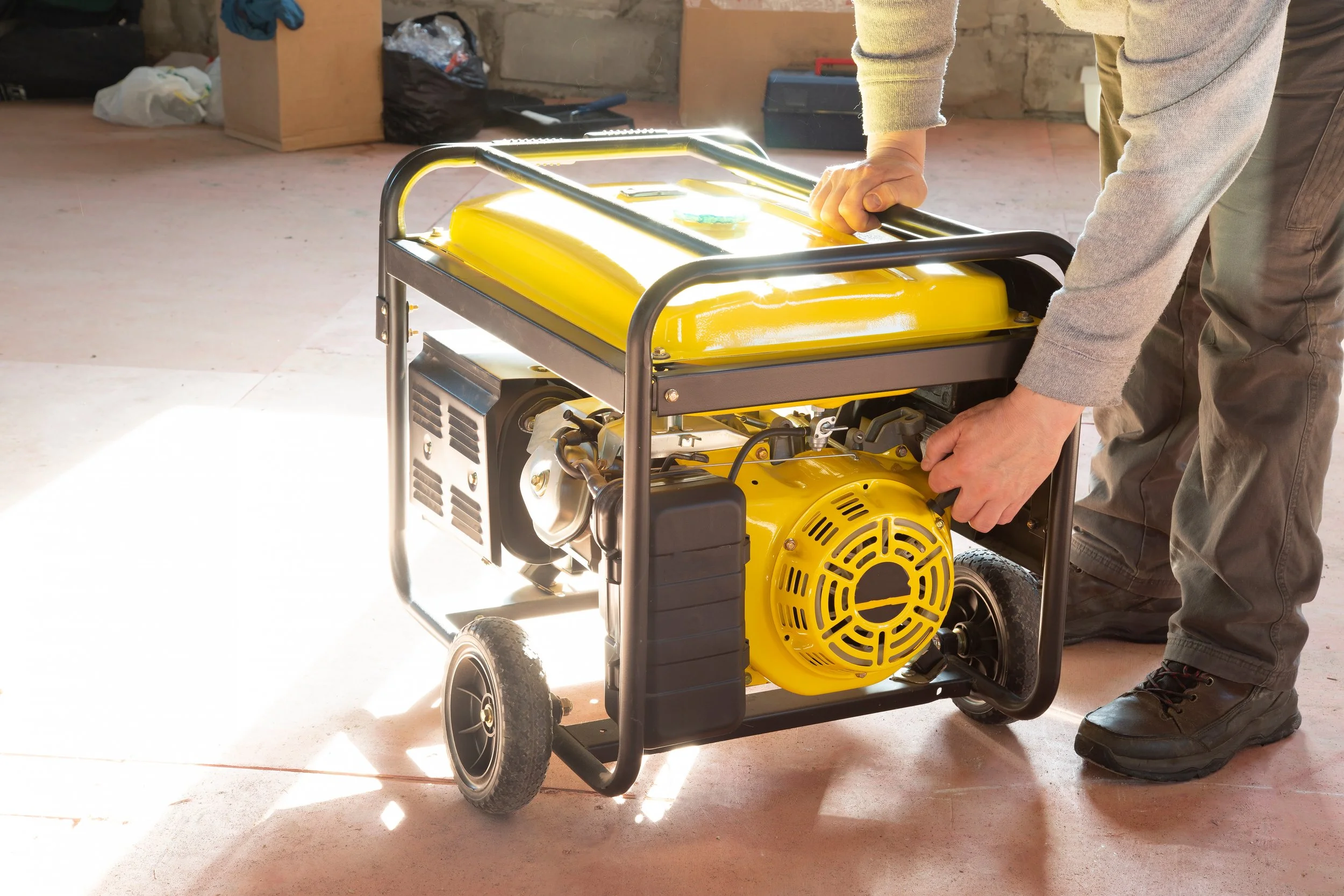Reasons to Invest in Quality Kitchen Benchtops
RH Business Marketing Solutions
Are you planning to remodel your kitchen soon? Do you want to enhance its overall look and function? Or perhaps you're constructing a new home and you've reached the crucial stage of selecting that perfect kitchen design? Well, here's a piece of advice - whatever your situation may be, never underestimate the significance of searching and investing in quality kitchen benchtops. They are more than just flat surfaces where you prepare your meals; they are the heart and the statement point of your home’s culinary station.
In this dynamic spectrum of design and décor, kitchen benchtops come in various materials, styles, and price ranges. Whether you prefer the earthy granite, the modern stainless steel, the classic marble, or the versatile engineered stone, the options are endless. This blogpost primarily focuses on why quality kitchen benchtops should be on your priority list, we'll delve into the top 10 reasons why well-made, durable, and aesthetically appealing benchtops can difference to the overall ambiance of your kitchen, accentuating your cooking experiences and boosting the value of your house.
Whether you are a culinary enthusiast, an occasional cook or someone who simply loves having their favorite takeout on the kitchen island, benchtops influence not just practicality but the aesthetic flow of the entire room. So, let's explore why ignoring this important element could be a costly oversight.
Longevity and Durability: Built to Last
Investing in quality kitchen benchtops ensures longevity and durability. Imagine the countless meals you’ll be preparing, the hot pots, the chopping, and the spills. Quality benchtops are designed to withstand all these whiles maintaining their appearance and function. From granite to quartz, the high-quality choice of material proves its worth with each passing year, a wise long-term investment that pays for itself in many ways.
Aesthetic Appeal: Enhance Your Kitchen’s Look
No one can deny the impact of a beautifully designed kitchen benchtop. Imagine walking into your kitchen and being greeted by a gleaming quartz or marble benchtop. It's not just about choosing a material that suits your kitchen's design but also about selecting the texture, pattern and color that fuse perfectly into your aesthetic vision.
Increased Home Value: An Attractive Selling Point
Strong, beautiful, and practical kitchen benchtops are almost always an attractive selling point. Potential buyers tend to look at the kitchen first - as they say "kitchens sell homes". If your kitchen works well practically and looks stylish, it can significantly increase your property’s overall value.
Easy Maintenance: Save Time and Energy
Quality kitchen benchtops are synonymous with easy maintenance. You want a benchtop material that does not require you to spend hours cleaning and caring for it. Quality materials are typically resistant to staining, heat, and scratches, thereby saving you time and energy.
Health and Hygiene: Keep Your Kitchen Safe
Lower quality benchtop materials can often harbor harmful bacteria that might end up in your meals. Quality materials like granite and quartz are non-porous, ensuring a safer and healthier cooking environment.
Variety and Versatility: Suit Your Style
Finally, quality kitchen benchtops offer impressive variety and versatility, from classic to modern, there's always a style to match your kitchen décor. With advancements in technology, some of these materials mimic the look of other materials, offering you the aesthetic you desire without compromising on the quality.
Conclusion: The Value of Quality Kitchen Benchtops
To wrap up, investing in quality kitchen benchtops is a decision that will continue to reward you for years. It's not only about making our kitchens look beautiful and stylish, but we also want to create a space where we can work efficiently and joyfully. A quality benchtop provides promising longevity, durability, enhanced aesthetic appeal, increased home value, easy maintenance, health safeguards, and a wide array of style options. They form the backbone of your kitchen, standing strong through all those delightful cooking adventures, festive meal preps, and casual dining experiences at the heart of your home. Remember, the kitchen is where the heart is, and a quality benchtop will surely make your heart (and your home) shine!














